The genus Amanita contains many well-known species, such as Amanita bisporigera the “destroying angel”. Some amanitas are responsible for the majority of serious mushroom poisonings and numerous deaths; on the other hand, a number of amanitas are edible market commodities in some countries. The Western Pennsylvania Mushroom Club (WPMC) and Amanita expert Dr Rodham E. Tulloss from New Jersey have initiated a study to document as many members of the Amanita genus growing in Western Pennsylvania as possible.
[pullquote]John Stuart, WPMC past-president, said “The WPMC recognizes the importance of accurate identification of mushrooms that are responsible for significant sickness and fatalities. The club has joined one of the world’s leading Amanita experts, Dr. Rod Tulloss, and the Duke University Mycology Lab in initiating a project to find and analyze, thru DNA sequencing, the local species that can cause these problems, especially the amanitas that are found in Western Pennsylvania. This information will provide a valuable local resource for our poison control centers as well as adding significant new data for national genomic species lists.”[/pullquote]
The study will use traditional specimen analysis techniques such as photography and macromorphological and microscopic descriptions of the mushrooms combined with the new DNA barcoding technique. The study hopes to both confirm the identity of known species and identify new species local to the area. Moreover, since it is expected that many of the sequences will be new ones (not posted in on-line sequence databases) or misidentified in such databases, we hope to help to improve such databases in support of future science.
There are over 50 known Amanitas growing in Western Pennsylvania. Dr Tulloss estimates that there are easily that many more that have not been found and recognized as distinct. Some mushrooms are still listed under the names of European lookalikes; others are known by provisional names or a code number on the www.amanitaceae.org website; and still others are completely undocumented. An in-depth sampling and analysis of the local specimens will help clarify the identity of many local species.
The specimens will be collected in county and state parks across western PA. Tulloss’ methods will be used to document the physical characteristics, spore size and other microscopic anatomy, shape and color of fruit-body, and chemical reactions of the fungal fruit-bodies. These data can be used to identify different species. However, these measurable characteristics are not always sufficient to separate some species.
[pullquote]”Citizen scientists, singly and in groups, are as important to mycology as they have ever been,” says Tulloss. “Today, by working in groups using media such as email and mushroomobserver.org for communicating images and data and requests for information or dried specimens, we can collaborate to collect mushrooms widely across large geographic areas and study what we think are populations and ranges of individual species. Who knows what we’ll find in the WPMC project? Given rain, I’m certain that we’ll find ‘hidden’ species because there are already clues that there are many of them out there. Hopefully, the project will produce some well-defined output data ‘products.’ Hopefully, the project will also illustrate that new data often raises new questions. New questions and new data are gifts to those who come after us.”[/pullquote]
The DNA barcoding technique focuses on a small section of the fungi’s DNA that can often be used as a unique identifier for species. Over half of the Amanita species expected to be analyzed as part of the study either do not have a DNA barcode or have one that is not associated with a voucher collection identified by an expert. The combination of the physical descriptions, DNA barcodes and dried specimens will eventually create a reference “library” that can be compared to samples previously collected by Dr Tulloss or his correspondents around North America and the world. In the long run, this “library,” computerized and linked into the “Studies in Amanitaceae” website, will support others working on Amanita around the world.
At the June 2013 board meeting the WPMC agreed to fund the DNA barcoding project. The board committed $1000 towards DNA barcoding projects for 2013. This will be used to DNA barcode 100 samples in the lab of Professor Rytas Vilgalys at Duke University. Half of those samples will be dedicated to the Amanita study. Dr Tulloss and his colleagues from the “Roosevelt Amanita team” (Prof. Cristina Rodríguez Caycedo and Naomi Goldman) will provide training and data-recording materials, at least one training seminar in western Pennsylvania and continuing support using email, and internet media as well as further trips to the project’s collecting region.
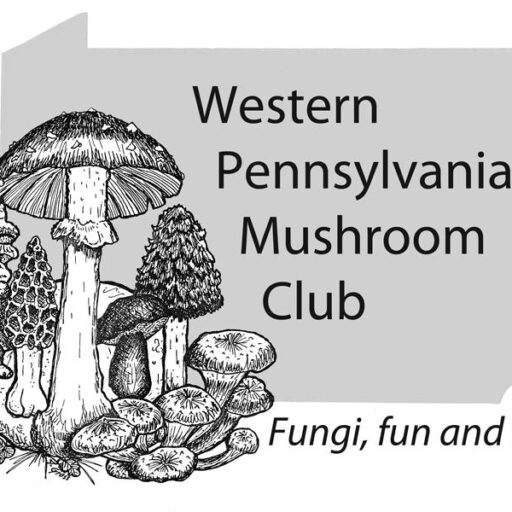
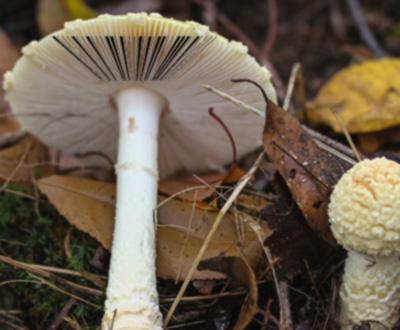
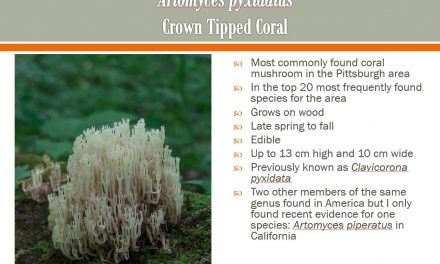
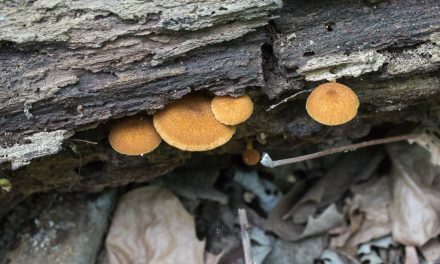

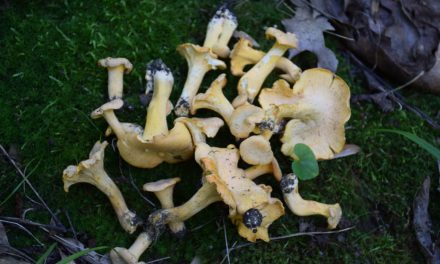

This is a really great idea. I found these rather large mushrooms growing under an evergreen tree in my front yard so I picked then dried them and have them stores in a Ziploc to start studying mushrooms. I’m having a really hard time identifying the species( I believe they’re amanita but I’m not possitive on this either!) of anyone could please help I would be forever greatful!